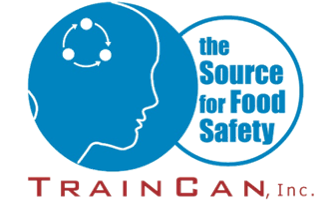A model shows how Campylobacter surveillance could be improved
Article Published November 20, 2022
Article Source: A model shows how Campylobacter surveillance could be improved | Food Safety News
Researchers have used data on the weather and Campylobacter on farms in Norway to see if it could help with outbreak surveillance.
Models showed statistically significant relationships, matching the hypothesis that weather patterns and the presence of Campylobacter on broiler farms are associated with modest rises in the illness consultation burden in Norwegian municipalities. Sharing of data and model results with health authorities could improve potential outbreak response, said scientists.
The model shows that greater numbers of broiler flocks testing positive for Campylobacter at a 2-week lag is associated with slight increases in risk for an outbreak in people.
Poultry products are only one source of Campylobacter infection, according to the study published in Eurosurveillance.
Data inputs
Researchers counted gastrointestinal consultations for people aged 30 to 64 from late July 2010 to mid-March 2022, Campylobacter detection percentages in broiler flocks, and different weather such as rain and temperature within each municipality.
Scientists used this age bracket as there is an increased probability of having other illnesses like norovirus, adenovirus, and sapovirus in other groups.
The trend prior to the COVID-19 pandemic in Norway indicated a movement towards a slightly lower proportion of illnesses over time.
The 2-week-lagged proportion of positive Campylobacter tests and the number of broiler farms in a municipality were both associated with an expected increase in the probability of an outbreak. The number of Campylobacter samples taken was also significant. Precipitation and temperature were associated with changes in outbreak probability.
Broiler farms were used as a proxy for environmental Campylobacter contamination so scientists said it could be beneficial to survey environmental contamination directly, including data from the control of water systems, and incorporate it into an expanded model.
Proof of concept
A website was used to present data and model output. It displays figures including the model-based risk of an outbreak happening in the current week per municipality, graphs with temperature and precipitation, the number of Campylobacter samples and the proportion of positives in poultry, and a chart showing the historic proportion of physicians’ consultations related to gastrointestinal illness and the predicted proportion for the current week.
The website is currently a pilot project, open to a few stakeholders. Researchers are in the process of collecting feedback from users to improve content and usability.
Scientists said such a site with automated, near real-time surveillance of Campylobacter and other infectious diseases, will be useful in the daily surveillance, understanding, and prevention of zoonotic illnesses. In the future, doctors may be notified when there is an increased risk of an outbreak. Health authorities could advise local water management to test water quality, increase disinfection or notify the public to boil their water.
